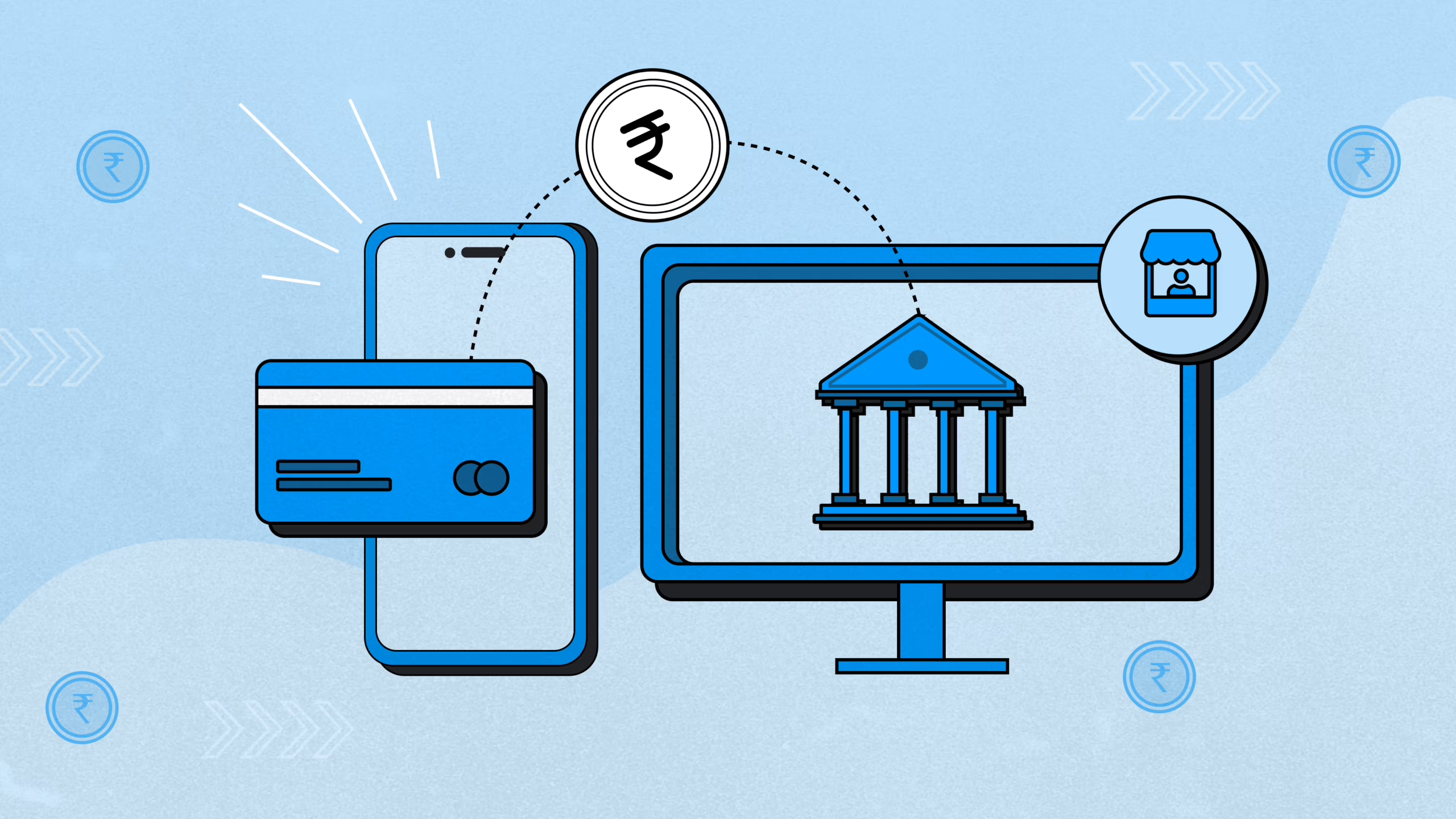In the world of international trade, the possibilities for growth are immense. Businesses, from thriving MSMEs to large corporations, are increasingly looking beyond domestic borders for new markets and customers. But exporting isn’t without its unique financial challenges.
One of the biggest hurdles for exporters is managing cash flow effectively. Think about it: you need money to produce goods, ship them, and then wait for your overseas buyer to pay up a process that can take weeks or even months! This gap between spending money and receiving it can really strain a business.
Luckily, specialized financial tools exist to bridge this gap: pre-shipment finance and post-shipment finance. These are crucial for keeping your export operations running smoothly. Let’s dive into how they work and which one might be right for your business.
Pre-Shipment Finance: Funding Your Production
Imagine you’ve landed a big export order. Fantastic! But before those goods even leave your factory, you’ll need funds for raw materials, manufacturing, labor, and packaging. Pre-shipment finance steps in right here. It provides the working capital you need before your goods are actually dispatched.
This type of financing is a game-changer, especially for smaller exporters who might lack the immediate cash to fulfill large international orders. It helps cover all those costs from the moment you secure an order until the goods are loaded for shipment, empowering you to confidently take on bigger projects.
Common Types of Pre-Shipment Finance:
- Packing Credit: This is one of the most common forms. It’s essentially a loan or advance to cover expenses like buying raw materials, processing, manufacturing, and even packing the goods. You can also use it for operational costs like wages, utilities, or travel directly tied to the export order. Financial institutions usually offer packing credit based on a confirmed export order, often backed by a Letter of Credit (LC) from the buyer.
- Variations: You might find extended packing credit loans (a line of credit for working capital), loans secured by a pledge (lender takes physical possession) or hypothecation (exporter keeps possession, lender has a charge) of goods, or advances against Red Clause Letters of Credit (where the exporter gets an upfront payment guaranteed by the buyer’s bank).
- PCFC (Pre-Shipment Credit in Foreign Currency): This specific type lets you borrow in the foreign currency of your importing country, which helps reduce the risk of losing money due to unfavorable exchange rate changes.
- Advance Against Receivables: If the government owes you money (like duty drawbacks – refunds on customs duties for imported goods used in exports), you can get an advance against these anticipated refunds. This boosts your working capital, allowing you to cover immediate production costs without waiting for the (often lengthy) government processing times.
- Export Bill Discounting (Pre-Shipment): Here, a financial institution buys or “discounts” your export bills (documents representing the sale agreement) even before the buyer’s payment is due. This gives you immediate cash flow to meet short-term needs, but be aware: it can sometimes be pricier, and you might still be responsible if the buyer doesn’t pay (this is called ‘with recourse’).
- Other Options:
- Pre-export finance can cover broader working capital needs like product development or marketing.
- Purchase order finance provides funds to your supplier based on a confirmed purchase order.
- Warehouse or inventory financing allows you to borrow against the value of finished goods stored in a warehouse.
Pre-Shipment Finance in Real-World Scenarios
- An exporter of handcrafted furniture uses a packing credit loan to buy timber and other raw materials, ensuring timely production and shipment.
- A clothing company secures pre-payment finance directly from their international buyer, enabling them to pay their own suppliers upfront and even snag some supplier discounts, boosting profits.
- A metals trading company leverages a receivables finance facility based on past orders to fund new shipments.
These examples show how pre-shipment finance helps businesses overcome financial hurdles and successfully fulfill their export commitments.
Post-Shipment Finance
Once your goods are shipped, your job isn’t over. Now comes the waiting game for the buyer’s payment. This “time lag” can sometimes stretch for months, tying up a significant chunk of your capital. Post-shipment finance steps in during this crucial period, providing funds after the goods have left your dock but before you receive payment.
This is essential for maintaining your business’s smooth operation and continued growth. It provides the immediate cash flow you need, ensuring you can meet your own financial obligations and even take on new orders while you wait for existing ones to settle.
Common Types of Post-Shipment Finance:
- Export Factoring: A specialized company (a “factor”) buys your outstanding invoices (receivables) at a small discount. You get immediate cash, and the factor takes over the job of collecting payment from the foreign buyer.
- Benefits: Faster cash flow, and often includes services like credit risk assessment and managing accounts receivable, saving you time.
- Considerations: There are fees, and you might give up some control over customer relationships.
- Forfaiting: This technique is for larger, medium- to long-term receivables. You sell your payment rights to a “forfaiter” at a discount, usually on a non-recourse basis. This means the forfaiter takes on the risk of the importer not paying, providing a huge peace of mind. Forfaiters often get a guarantee from the importer’s bank for added security.
- Benefits: Immediate cash, eliminates credit risk, protects against currency and interest rate changes, and simplifies your balance sheet.
- Considerations: Generally more expensive and used for larger transactions.
- Export Credit Insurance (Post-Shipment Use): While we discussed this in depth previously, it’s also a vital post-shipment tool. It directly protects you against the risk of non-payment by your foreign buyers (both commercial and political risks).
- Benefits: Safeguards against big financial losses, makes you more attractive to lenders, and boosts your competitiveness by allowing you to offer better credit terms confidently.
- Considerations: You’ll pay an insurance premium.
- Other Options:
- Purchase/Discounting of Export Bills: Banks provide immediate funds against bills drawn under confirmed export orders or LCs.
- Advances against Export Bills Sent for Collection: Financing based on shipping documents sent to the buyer’s bank for payment.
- Advances against Duty Drawback Claims: Similar to the pre-shipment version, but accessed post-shipment as well, for refunds on import duties.
- Advances against Consignment Exports: Funds provided after goods are shipped but before they are sold by an agent overseas.
Post-Shipment Finance in Action: Real-World Scenarios
- A textile manufacturer uses export bill discounting to get immediate payment against shipped garments. This keeps their cash flow healthy while they wait for the overseas buyer.
- An electronics exporter partners with a factoring firm to sell their invoices, ensuring quick cash and outsourcing the often time-consuming collection process from international clients.
- A pharmaceutical company discounts its export bills with a bank to secure funds for ongoing operations, avoiding cash flow bottlenecks from international payment cycles.
These examples show how post-shipment finance provides crucial and timely money, allowing exporters to manage their working capital and keep their businesses thriving in the global market.
Pre-Shipment vs. Post-Shipment: The Key Differences
While both types of finance are designed to support exporters, they work at different stages and have distinct goals:
| Feature | Pre-Shipment Finance | Post-Shipment Finance |
| Timing | Before goods are dispatched. | After goods are shipped and before payment is received. |
| Primary Goal | Provides working capital for production, processing, and preparation of the export order. Fuels the supply side. | Bridges the financial gap created by payment delays. Manages the receivables side. |
| What it Funds | Raw materials, manufacturing, labor, packing, transportation. | The value of goods already shipped, bridging the waiting period for payment. |
Benefits & Risks
Both pre-shipment and post-shipment finance offer unique advantages but also come with specific risks:
Pre-Shipment Finance:
- Benefits: Improves cash flow for production, allows taking on larger orders, supports overall business growth, offers flexibility in fund use.
- Risks: Buyer default (counterparty risk), currency fluctuations, potential production delays or quality issues, documentation compliance, political/economic instability in the buyer’s country, potential for fraud.
Post-Shipment Finance:
- Benefits: Bridges the payment gap, ensures business continuity, mitigates payment delay risks, supports further market expansion by providing immediate liquidity.
- Risks: Ultimate non-payment from buyer, buyer rejecting goods, challenges in collecting receivables, impact of global economic/political instability on buyer’s ability to pay, cost of financing services.
Conclusion
Pre-shipment and post-shipment finance are indispensable tools for any exporter navigating the complexities of international trade. Understanding how each works, its benefits, and its risks is crucial for making smart financial decisions.
The world of export finance is evolving fast, offering new opportunities. By proactively learning about and accessing the right financing options – from local banks to fintech platforms – you can significantly boost your competitiveness. Ultimately, strategically using both pre-shipment and post-shipment finance empowers you to manage your cash flow effectively, reduce inherent risks, and fully capitalize on the vast opportunities the global marketplace offers.
Ready to revolutionize the way you send and receive money globally?
Discover BRISKPE’s cutting-edge cross-border payment solutions designed specifically for Indian exporters. Experience faster transactions, transparent fees, and seamless currency management, all engineered to boost your bottom line.
Visit BRISKPE‘s website today and see how effortless international payments can be!








